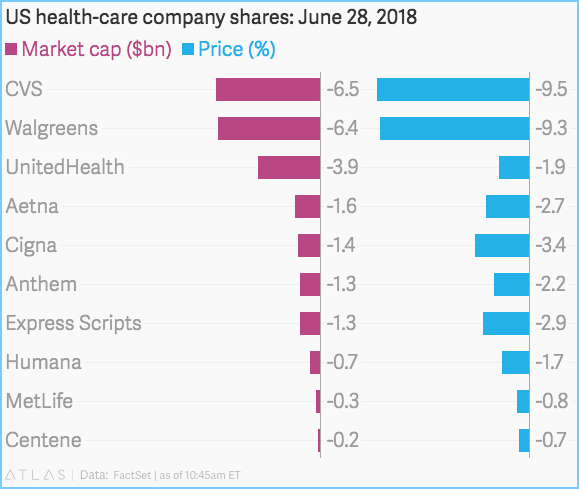🌋FuelCell Sucks Wind (Long Distressed Power)🌋
Fuel Cell Power Plant Manufacturer Struggles
“Amazon is not too big to fail… In fact, I predict one day Amazon will fail,” Jeff Bezos said back in November. He makes a salient point: even once-uber-successful companies are subject to disruption and questions of sustainability over long periods of time. This is an industry-agnostic notion.
We can debate the definition of “successful” but it seems fair to say a company that once had a market capitalization of $1.5b falls into that category. One such company that fits that bill, FuelCell Energy Inc. ($FCEL), is now a shell of its former self, teetering on the brink of chapter 11 bankruptcy.
Connecticut-based FCEL designs, manufactures, installs, operates and services “ultra-clean” efficient and reliable stationary full cell power plants to an end market of commercial, industrial, government and utility customers. It’s mission is a worthy one: to deliver clean innovative power solutions, utilizing environmentally responsible fuel cells. There’s just one problem with all of that: it doesn’t make money. And it hasn’t since its fiscal year ended October 1997.
The company — not the first to experience distress in the power sector in recent times — is getting battered on all sides. Wind and solar have stolen a lot of the company’s mojo. Competitors such as the controversial Bloom Energy Corp. ($BE)have taken market share even while it, too, has seen its market cap shrink from over $4b to just over $1b. New order volume has been elusive.
All of this shows in the company’s numbers. Revenues have declined from $190mm in 2013 to $90mm in 2018. LTM revenue is only ~$70mm. The company’s Quick Ratio and Current Ratio — both measures of the company’s ability to cover short-term financial obligations — are .6x and 1.3x respectively, versus industry comps of 1.1x and 1.5x. And, thanks to these numbers, capital sources may no longer be available.
The company’s historical financial channels included sales of equity (including a NUMBER of preferred equity issuances), corporate and project level debt financing, and local or state government loans or grants. Here is a snapshot of the company’s debt sitch:
In the light of this debt, $41.6mm of debt at the corporate level, and the company’s declining revenue predicament, the company is focused on liquidity. Per the company’s most recent 10K:
The Company’s future liquidity will be dependent on obtaining a combination of increased order and contract volumes, increased cash flows from the Company’s generation and service portfolios and cost reductions necessary to achieve profitable operations.
To grow its generation portfolio, the Company will invest in developing and building turn-key fuel cell projects which will be owned by the Company and classified as project assets on the balance sheet. This strategy requires liquidity and is expected to continue to have increasing liquidity requirements as project sizes increase.
Which, you might appreciate, creates a bit of a circularity problem. The company needs to spend more to make more which means cash flow in the near term is highly unlikely.
Consequently, the company just sh*tcanned 135 people to save approximately $11.5mm. To the extent those employees held stock, well:
Bloomberg recently noted:
NRG, the largest independent U.S. power producer, has also been a key backer. It owned 1.4 million shares in the company, based on the latest holding data compiled by Bloomberg, and provided a $40 million revolving credit facility to help FuelCell build power plants. But that credit line may expire this year, and without another large investor willing to throw more money at the company's technology, FuelCell faces a grim future, [an analyst] said.
“Their only hope,” he said, “is to find someone who wants to finance this.”
We find it highly unlikely that any financing occurs outside of bankruptcy court. Notwithstanding a recently-announced new purchase power agreement with the City of San Bernardino Municipal Water Department, we suspect we’ll be seeing this thing in Delaware sometime soon.






